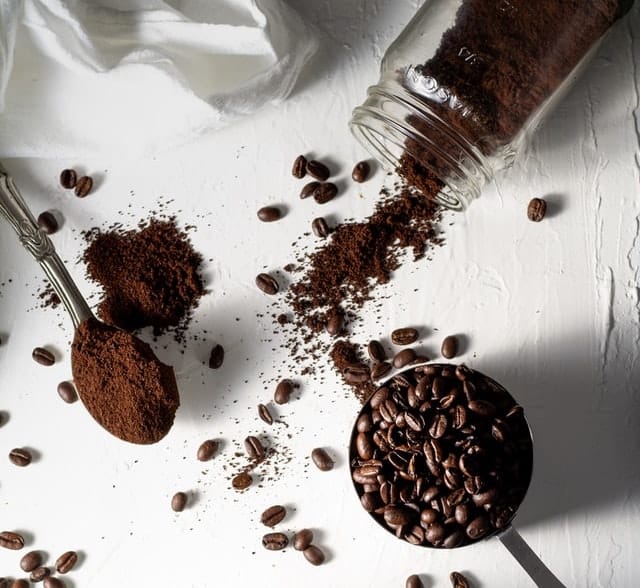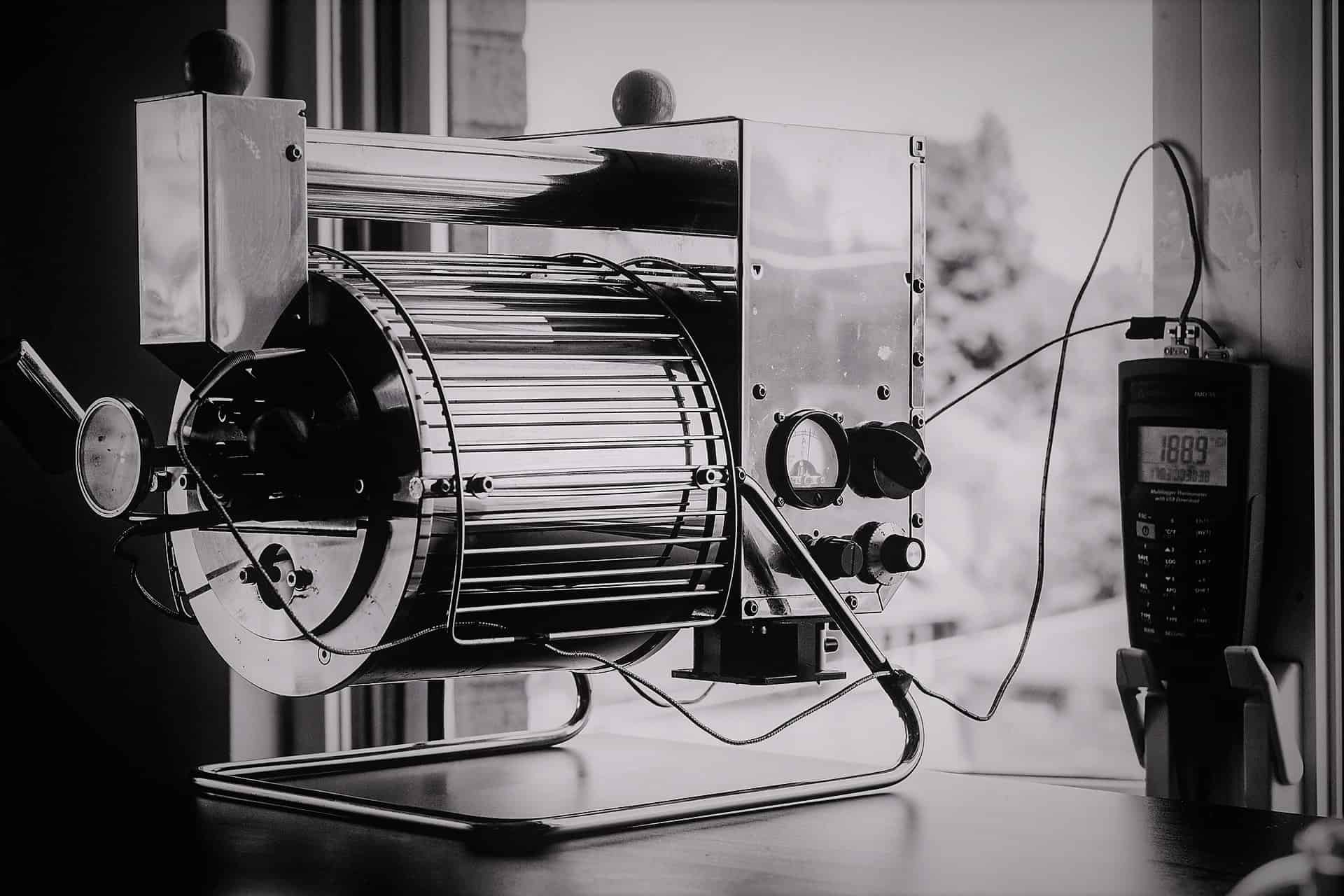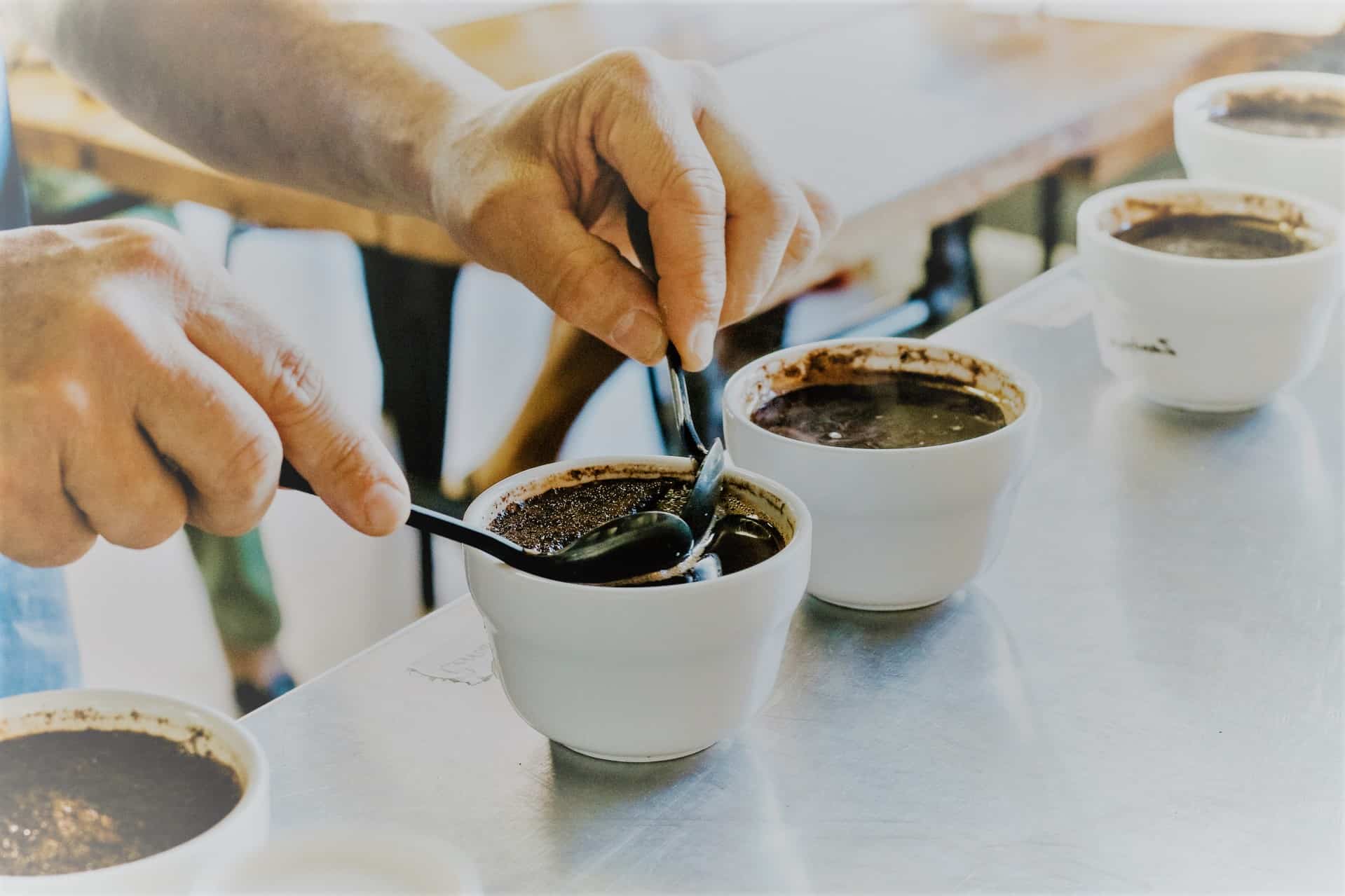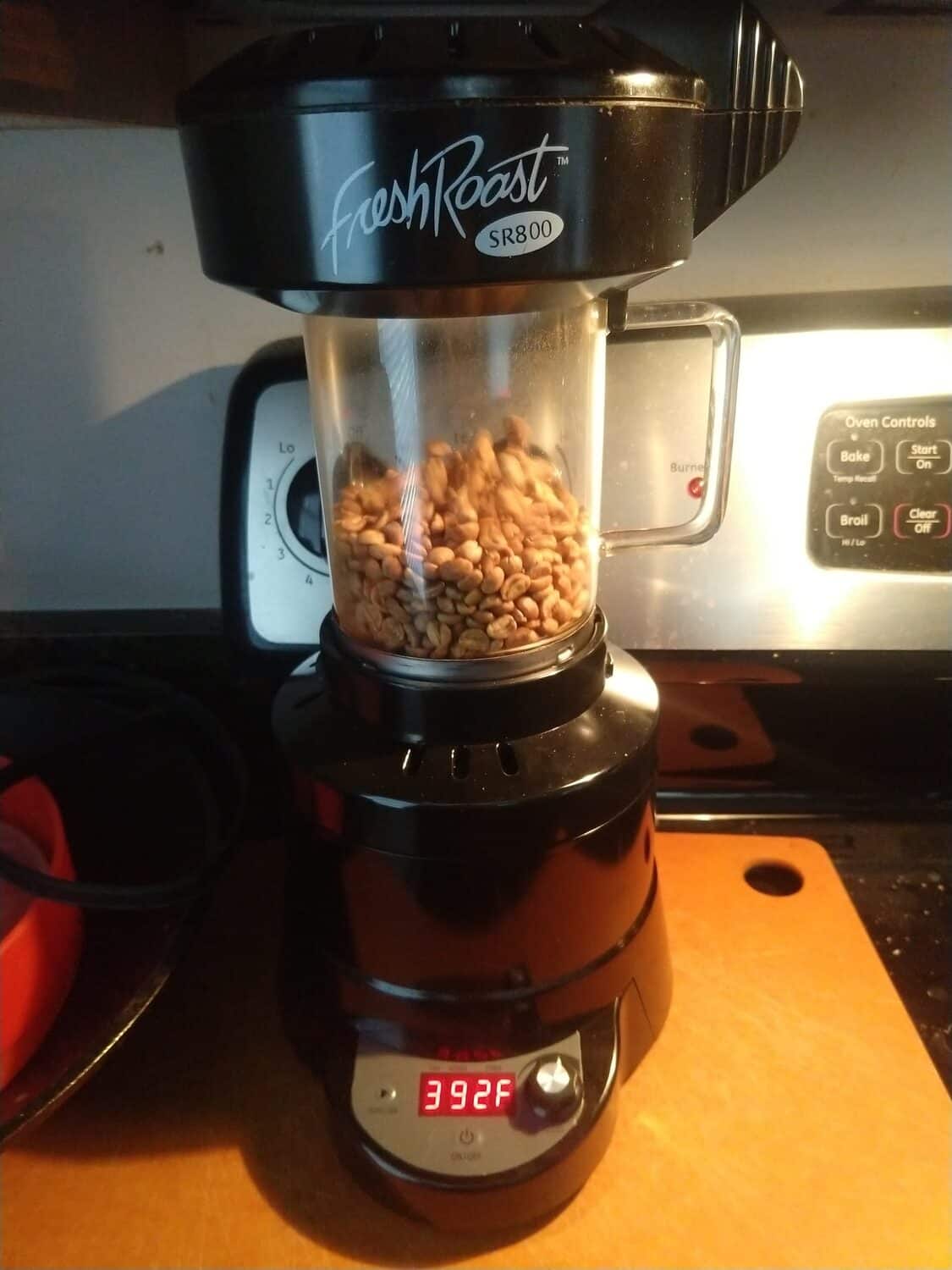How To Store Coffee For Fresher Brews (Ground & Whole Beans)

Age and exposure can turn a good coffee into a disappointing one.
If you've ever brewed a cup that didn't taste like it used to, then stale coffee is almost certainly the culprit
To some extent, you can mitigate the effects of age and exposure through proper storage. But just what does proper storage involve, and why does it matter?
As an avid home roaster and long-time coffee enthusiast, here are my top tips for keeping your coffee fresher, longer.
Here's the best way to store coffee
Use an airtight container made of non-reactive, food-grade material. A canister that removes or displaces air is ideal. Avoid sunlight (or choose an opaque container) to keep UV light from destroying coffee oils and aromatic compounds. Freezing coffee is generally NOT helpful, and may actually worsen the flavor.
This applies to both whole beans and ground coffee, although whole beans will always taste fresh longer.
And even with proper storage, coffee peaks around 2-3 weeks after roasting and slowly deteriorates thereafter. Lighter roasts tend to hold up for a little longer.
Try to buy only as much as you'll finish within a month of the roast date (not the purchase date!). It's more expensive per pound than a bulk purchase, but it's simply more enjoyable.
What actually happens to stored coffee?
Coffee's flavor comes mostly from tiny amounts of oils and oil-like aromatic compounds.
These are mostly lipids, i.e., fats. (Don't worry, they're just trace amounts that don't contribute measurable calories!)
Like all lipids, they suffer from oxidation over time. They break down microscopically in the presence of oxygen, which changes their flavor for the worse. The baseline "roastiness" of coffee never really goes away, but the subtler fruit and floral and herbal notes disappear quickly.
At best, your high-end coffees taste flat and unremarkable. At worst, you're left with a dull and cardboard-like cup that would turn off any coffee fan. (Given enough weeks or months, that's just about inevitable.)
What's more, darker roasts tend to lose flavor faster than lighter ones. They've been exposed to heat for longer, which has drawn out more oils to the bean surface, which means more oxygen exposure. It's impossible to say exactly how long a certain roast will be good for.
Know this about coffee's "best-before" dates
Again, coffee has its most rich, nuanced, and even delicate flavors a couple weeks after roasting. After that, a good one will remain enjoyable or even outright delicious. But it won't be as exquisite as before.
That may come as a surprise, since supermarket coffee typically lists a best-before date of 6 or even 12 months after roasting. I've tried many good coffees of that age, they've been universally disappointing compared to fresher batches of the same beans.
To be clear, they will not be completely spoiled, let alone unhealthful. But they do have is a dull, perhaps papery taste without much in the way of acidity, spice notes, or overall complexity.
Buy less coffee, more often
It might sound like a cop-out, but the easiest way to keep coffee fresh through storage is simply not to store it as long. To that end, buy only a few days' to a couple weeks' worth of coffee at a time. Beans are at their best a couple weeks after roasting, and good ones should remain enjoyable for perhaps a month. Flavors get simpler, duller, and muted after that point.
Mass-market coffees are often flushed with nitrogen during the packaging process. That helps to a degree, since it replaces highly reactive oxygen (i.e., the cause of oxidation) with non-reactive nitrogen. Still, there's no way to prevent oxidation entirely nor to avoid staleness over time. That's why even state-of-the-art packaging is less effective than simply buying freshly roasted beans and consuming them promptly.
Don't grind until it's time to brew
All else being equal, freshly ground coffee is always more flavorful and complex than pre-ground coffee.
The more surface area that's exposed to the air, the more opportunities there are for oxidation. Grinding coffee turns a single bean into gazillions of granules each with much more exposed surface area.
The total surface area of grounds from one bean is more than the surface area of the whole bean, so oxidation speeds up rapidly...and flavor plummets.
Choose an airtight container (especially this kind)
You can't prevent oxidation completely, but an airtight container (to block fresh oxygen from flowing in) is a great way to slow it way down.
However, there are two important limitations that might affect your choice of containers.
First, an airtight coffee canister is only effective when it's closed! Each time you open it to brew a batch, you're introducing fresh air to "fuel" flavor breakdown.
Second, closing the container after use will lock in some of that fresh air.
The best solution is a canister with a vacuum or displacement design. Some use a fancy suction mechanism; others simply have a lid that pushes down to avoid empty space. Either way, they not only prevent circulation but also minimize how much air gets sealed in.
Now, do fancier canisters make a world of difference? No, they don't. The improvement is marginal, but it's an improvement nonetheless.
If you're curious about specific options, then here's an epic hands-on comparison!
(The tentative winner of that shootout was the Atmos from Fellow Products. Like everything they make, it's downright beautiful and actually works well. Check it out here.)
Personally, I use good old mason jars out of direct sunlight. They're cheap, airtight, and versatile. They don't force air out, but seeing as I regularly roast at home, there's no need for more than 1-2 weeks of storage anyhow. I'd happily spring for the Fellow Atmos if I actually needed longer storage.
Resealable bags may also work since they compress to remove air. They're just not as reusable, and some don't have a truly airtight seal.
Keep in mind that moisture, usually from humidity in the air, will accelerate the deterioration of coffee oils and aromatic compounds. That's why keeping the beans dry is of the utmost importance.
How to tell if your coffee is getting stale
If you regularly buy coffee from a large commode commercial roaster, it's an interesting experiment to get a very fresh bag and an older bag of the same blend. Brew them side by side, and I can just about guarantee you'll be able to identify the fresher one, even blind.
The main sign of a stale coffee is a one-dimensional flavor. That's very abstract, but when you have a chance to taste fresh and stale bags of the same coffee side-by-side, the difference is unmistakable.
The older one will certainly...well...taste like coffee. Whatever contributed to that fundamentally roasty, earthy flavor seems to be the very last thing to degrade.
But the fresher one will have that plus some degree of spices, citrus- or apple-like acidity, or even intense fruit or floral notes.
Does freezing coffee actually help? How about refrigerating?
Cold storage preserves food by preventing the growth of microbes that would spoil it. But roasted coffee isn't very susceptible to microbial activity. Its bigger threat is susceptible prolonged oxygen exposure, which your fridge and freezer can't do much about.
They're probably better than exceedingly hot temperatures, but any room that's comfortable enough to live should be adequate for storing coffee.
I'd also speculate that freezer storage breaks down some of the interior parts of the beans. Although coffee beans lose most of their moisture during roasting, they do retain a little bit. And as that water freezes, it expands and ruptures the little cell-like parts that it resides in. In theory, that should expedite flavor deterioration rather than preventing it, but I'm not aware of any research on the matter.




